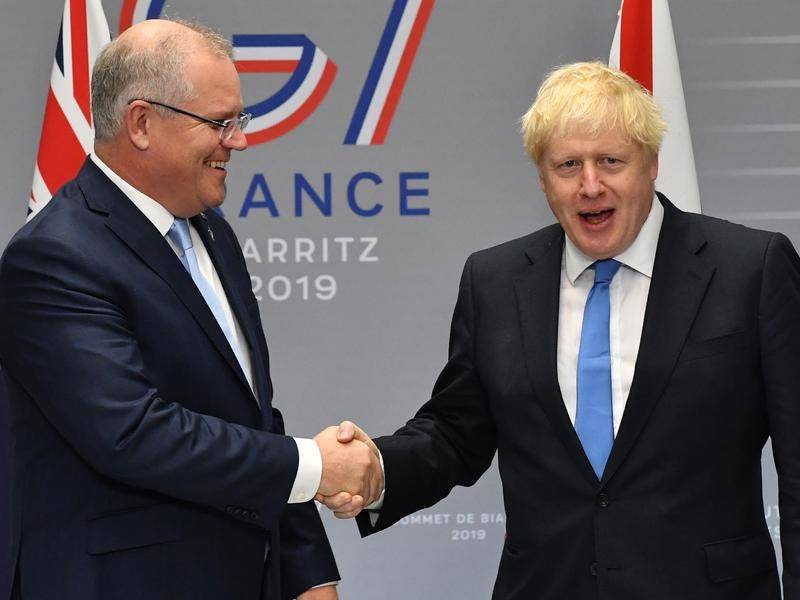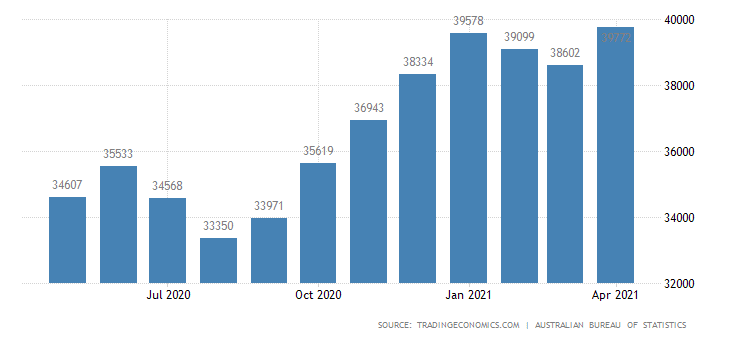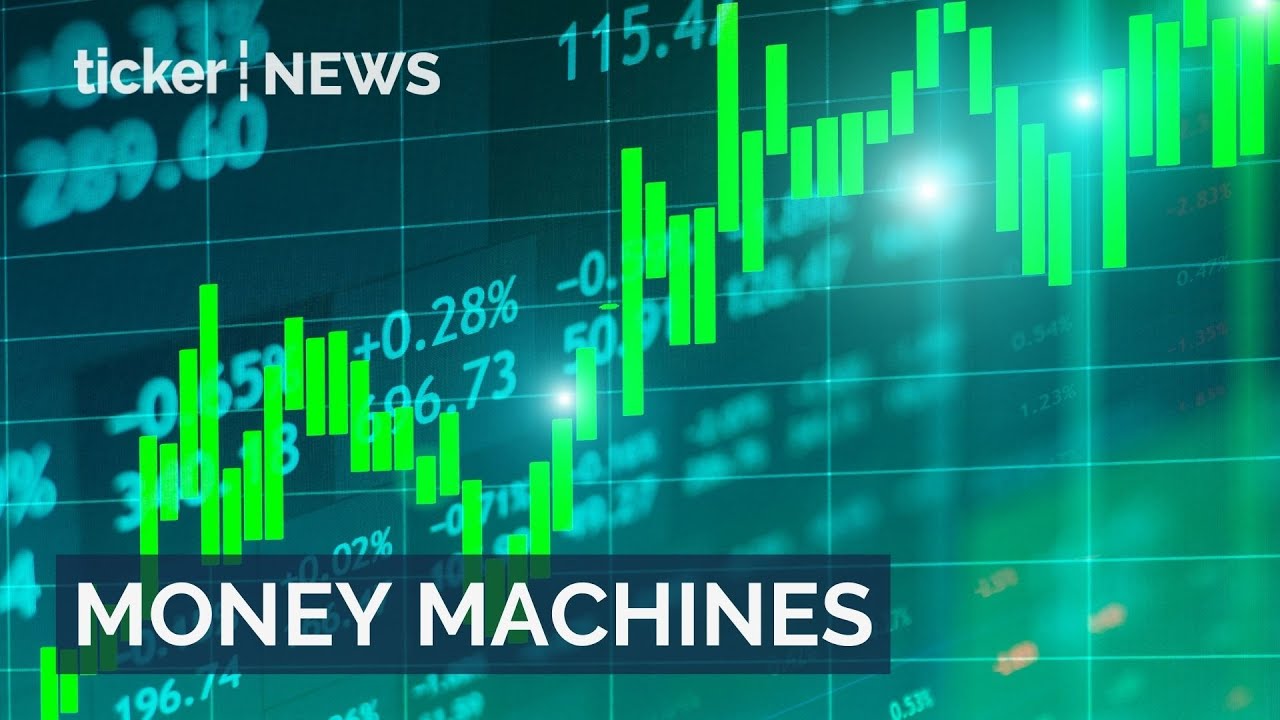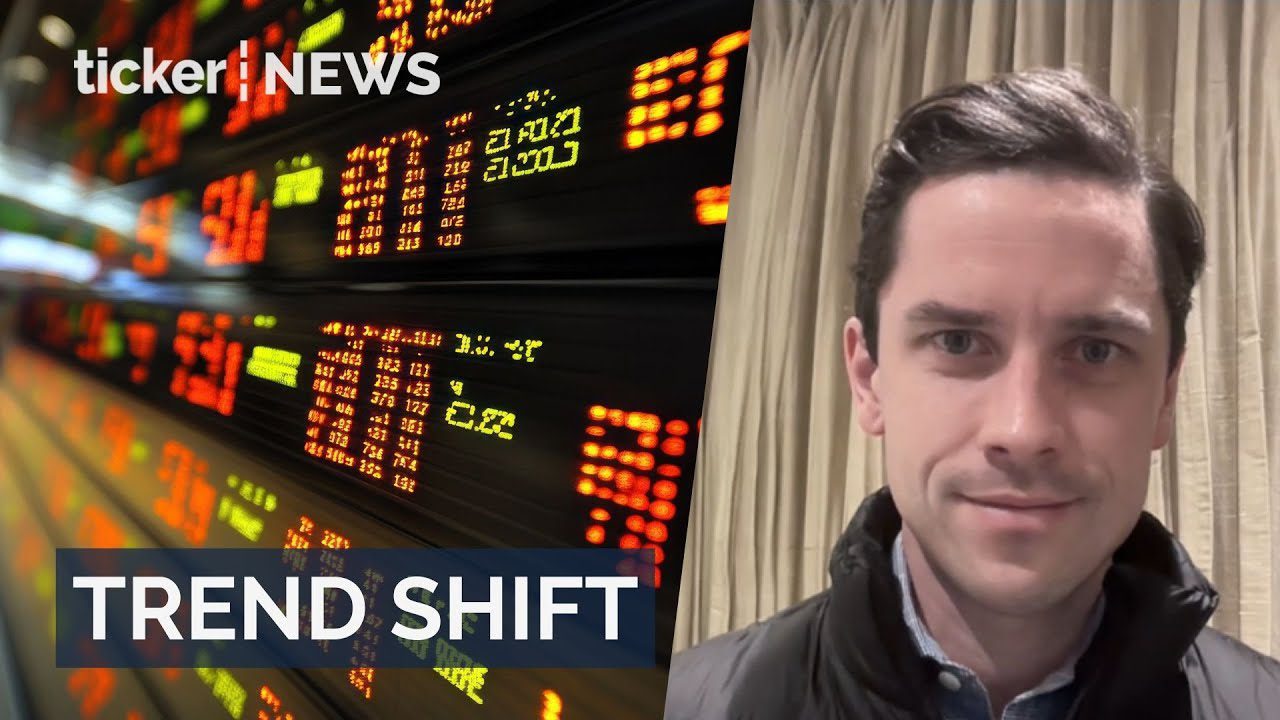News
UK, Australia strike new free trade agreement

News
AI stocks surge amid market shifts and spending warnings
AI sector drives economic growth; Meta adjusts strategy, Palantir’s valuation sparks questions, and Nvidia leads amid rising competition.
News
AI investments set to surge in 2026 as companies target productivity gains
Analysts forecast $500 billion AI investment by 2026, transforming corporate spending priorities and enhancing economic productivity.
News
Stocks, AI and the economy: What to expect in 2026
2025’s market turmoil analyzed: AI hype, tariffs, global politics, and Federal Reserve impacts—tune in for expert insights!
-



 News2 days ago
News2 days agoWarner rejects Paramount’s hostile takeover bid
-



 Shows2 days ago
Shows2 days agoJames Bozinovski: Reshaping retail with innovative strategies
-



 Shows5 days ago
Shows5 days agoBusiness ties flourish between China and Australia
-



 News5 days ago
News5 days agoBondi Beach shooting: Chaos at Hanukkah Festival – What we know
-



 News4 days ago
News4 days agoAI surges in 2025: Key insights
-



 News3 days ago
News3 days agoSupreme Court upholds TikTok ban: Free speech at risk?
-



 News24 hours ago
News24 hours agoAI stocks surge amid market shifts and spending warnings
-



 News4 days ago
News4 days agoRBA outlook and Australian equities in 2026: Commodities, rate cuts, and top sectors







